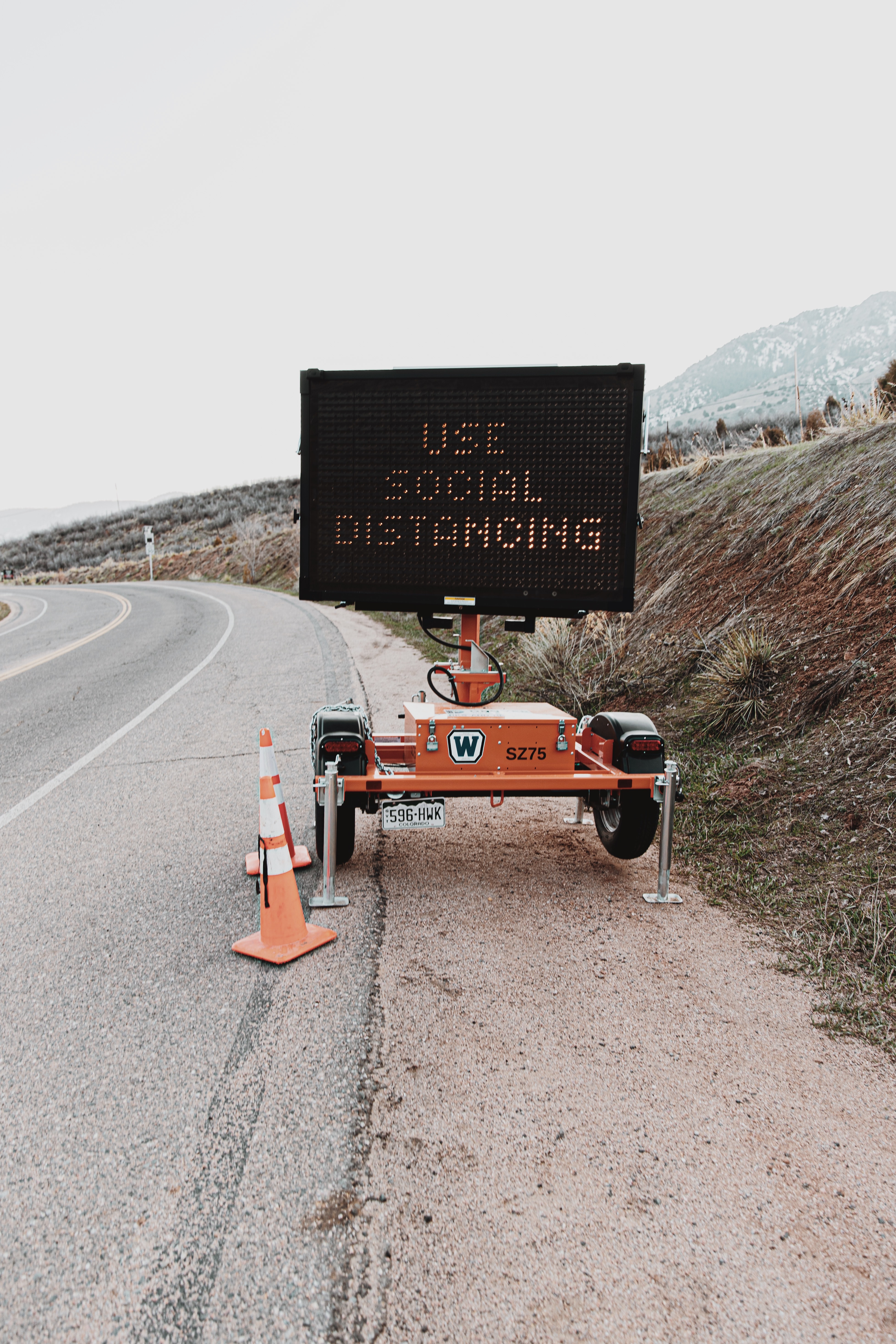Structural constraints and the challenges of responding to the COVID-19 crisis: experiences from the MobiliseYourCity Africa Community of Practice

COVID-19 has hit the world by storm, and it had severe social and economic impact throughout the world. The transport industry has been particularly hit. Mobility professionals have had to react fast and take the best decisions possible in an unprecedented situation. Members of the MobiliseYourCity Africa Community of Practice have gathered to discuss how their cities and transport systems were affected by the crisis and reflected on their experiences and on what they have learned.
Revealing the strength and weaknesses of cities
For many cities, this crisis has revealed the strengths and fragilities of their transport system to sudden chocks. The answer to the crisis depended on various factors. While most cities were able to quickly respond to the crisis to protect the health of their residents, many faced difficulties to do so while ensuring sufficient safe mobility to protect, especially, the livelihoods of the poorest.
How transport systems adapted to the crisis
In every city, transport systems adapted to the extent of what was possible. Measures taken included restricting the number of passengers in buses to limit the risks of commuters contracting the disease. Moto taxis were either banned or only allowed to transport one person per vehicle for the same reason, and most inter cities train lines were stopped to limit the spreading of the virus. Compensation measures were uneven depending on the country, specifically in the case of the informal transport sector. Some governments have been able to compensate formal public transport services for their lost revenue through subsidies, in order to maintain fares and service levels. In places where there was no compensation or in the informal sector, the most common consequences were prices increases and routes shortening as a consequence of the reduction of passengers.
The impacts of the crisis on the informal sector
Structural constraints of the broader economy and of the transport system made it challenging to universally implement recommended measures to prevent the spread of COVID-19. This was particularly true for the informal transport sector, as the reduction of the number of passengers was a direct threat to the livelihood of operators. The absence of a safety net would generate the wrong incentive, as operators are forced to maintain operations without being able to comply with required safety and health standards. Moreover, many informal workers tend to live further away from their workplaces and not be able to work remotely, making them more vulnerable to a reduction of the transport supply. These conditions contribute to an increase in inequalities. Not only are the poorest affected by higher fares and a poorer service, but limited enforcement of health standards caused an increase in their exposure to the virus.
Learning from the crisis
In many cities, the crisis has revealed the importance of integration between transport and land use planning. Very few cities have been able to plan their transport system in a way that could easily accommodate the sort of measures that are taken during this health crisis. In Dakar and in Douala, for example, while a large part of the population was walking, the infrastructure for pedestrian is insufficient. In some places, however, the crisis has allowed creative responses or the acceleration of the implementation of plans that already existed. Some of those success stories are the implementation of a long-postponed project to introduce Touchless payments in Nairobi, Kenya. In Morocco, the distribution of a health card to informal transport workers was used to compensate for the loss of activity due to the restriction measures.
Throughout the world, transport professionals have had to adapt to this unprecedented situation and to take actions. This was an opportunity for cities to assess their strengths and weaknesses and revealed the importance of sustainable mobility planning to increase the resilience of transport systems.